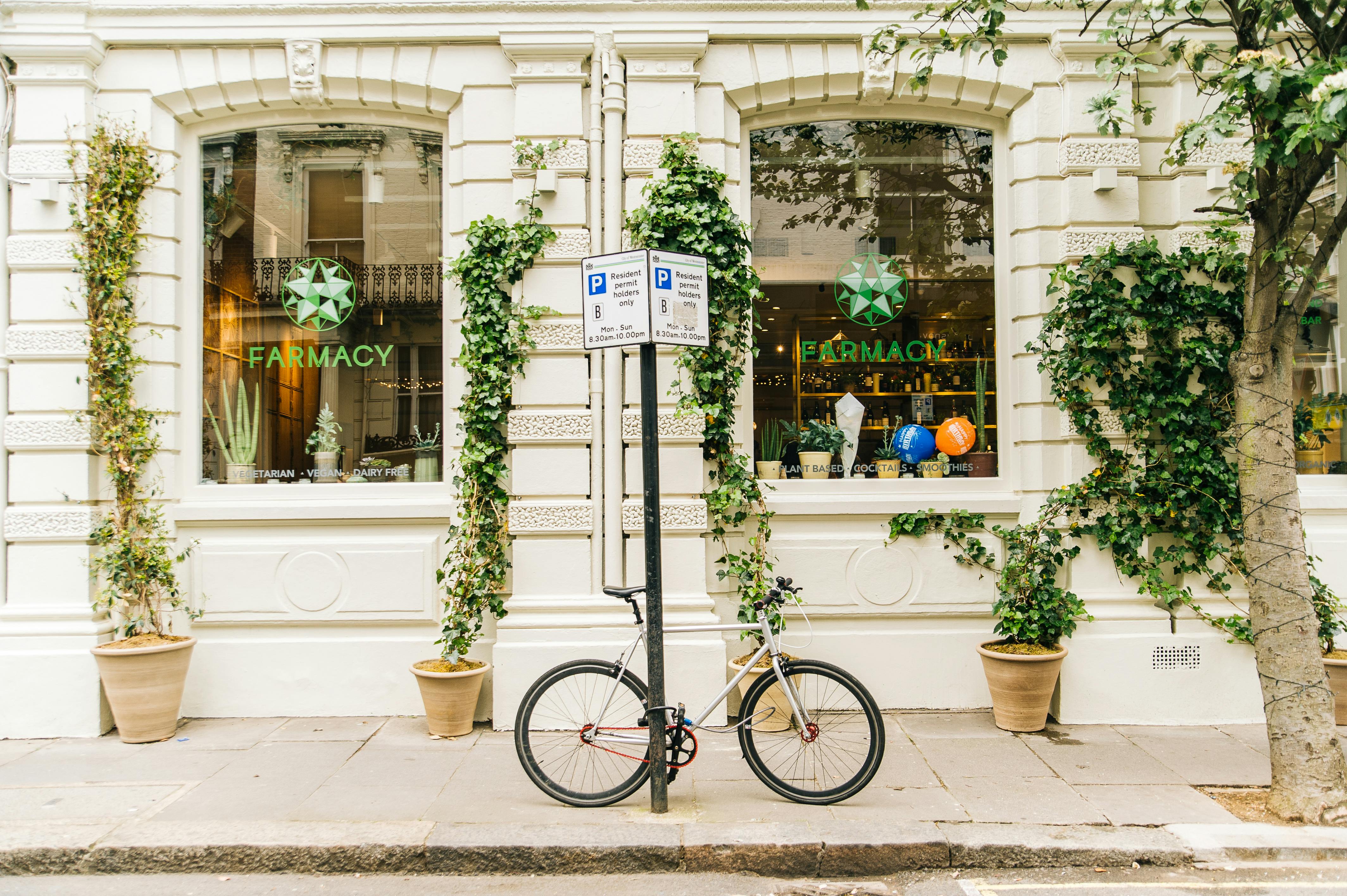
Rock Climbing Techniques – Crevice Climbing
Climbers seem to be divided into two camps: those who love crevasse climbing and those who hate it. I started climbing in Ireland, in the 1960s, when there were probably less than 30 active climbers in the whole country and very few routes above VS/F4/5.7. Most of the climbs were slabs or walls. Protection for climbing cracks consisted of pitons or wooden wedges (remember those? Well, maybe not!). Such pitons and wedges were rarely in situ. My goodness, how things have changed, and for the better.
Learning new rock climbing techniques can be tricky. I remember my first ineffective attempts to manually block off an eight meter crack in a rock (Cwm Glas Boulder) at Llanberis Pass in North Wales. I just couldn’t see (or rather feel) what to do. Very embarrassing… although Scruff and Dick, my companions in that long ago day, could not have been more tactful. Maggie, my girlfriend yelled from the nearby climber’s hut and I was given an excuse to save face from her by relaying her message: “Your dinner is ready!”
In the years to come, a solid rock climbing apprenticeship in the sandstone crevices of Yorkshire and Derbyshire in the north of England led him to master hand jamming. You could learn to lock your fingers (locks) into the piton-scarred crevices of Millstone Edge – old routes climbed in the 1950s and free climbing in the 1970s. When I returned to Ireland other climbers raved about these skills Hand and finger lock. (Note: It’s very different in Ireland now. Fair Head, in the far northeast, is arguably the best crag in the British Isles: miles and miles of crevasse-climbing paradise, with big, scary walls and ridges in between. )
But, back then, it was pretty much the same in France, where you could find relatively easy cracks at Fontainebleau with the same ratings as absolutely hopeless face climbs. There was no question about it. Climbers trained at Gritstone and Yosemite had a huge advantage over most others.
The advent of camera gadgets (initially Friends) in the late ’70s made cracking a much less daunting proposition. You didn’t have to be hanging around for precious minutes to get foolishly pumped around, trying to play with hexes that often required a considerable degree of skill to place safely. You just had to pull the trigger and (carefully) push the Friend. Interestingly, Friends was initially denounced as unethical, just like chalk. Both were considered allowed only on the most difficult routes (eg Ray Jardine’s ‘Phoenix’ 5.13a at Yosemite). But, of course, history tells us that you can’t stop technology. Once the genie is out of the bottle, you can never put it back. Pretty soon almost everyone was using chalk and camera devices. Cables worked best for fingertip cracks, though now of course you can get micro-sized cams even for fingertip cracks.
So today, there’s really no reason to fear, or avoid, cracks. In fact, there is usually an incentive: availability of protection. Hand jamming is a skill well worth acquiring. When aimlessly pumping, a hand jam will save you, when nothing else will. With exhaustion (eg, on huge roofs), your fingers will sooner or later loosen even the largest grip. But, if you can get the weight off your arms (by hooking your heel, for example), you can often hold out in a jam for a long, long time. On the classic UK climb Quietus, (5.10+/E2+), I hung for probably 10 minutes on a good heel hook to my right leg and a good hand jam to my left hand.
Even if you are a dedicated wall or plate climber, you can still learn to love cracks. Some of the best rock climbing lines on the planet follow cracks. Crevasse climbing is often exciting and generally safe. For most of us, that’s a winning combination!